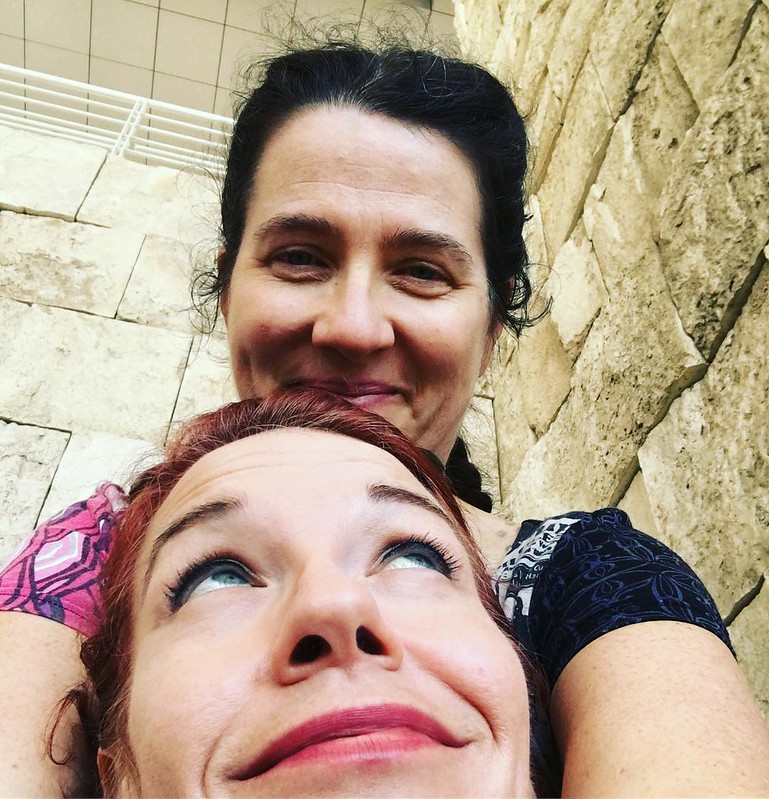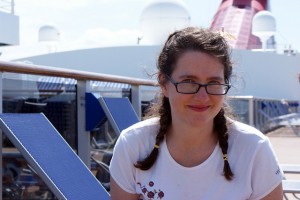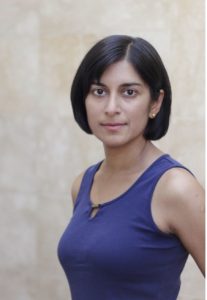 It was a Saturday sometime in August and I was on Queen Street, schlepping home the sandwich we favor for weekend lunch. The weather was glorious, late-summer heat and all the sun you could wish for. Thanks to the particular perversity of the retail ecosystem, one of the clothing boutiques had a fall coat in the window.
It was a Saturday sometime in August and I was on Queen Street, schlepping home the sandwich we favor for weekend lunch. The weather was glorious, late-summer heat and all the sun you could wish for. Thanks to the particular perversity of the retail ecosystem, one of the clothing boutiques had a fall coat in the window.
Friends, humans, countrymen, this was an exceedingly awesome coat. I don’t remember what it looked like, because… well, I never remember what things look like. But I do remember knowing it would’ve looked flat-out smashing on me. I absolutely believe that if I’d had cute shoes and a dusting of snow in my hair, along with that coat, Dr. Who would have spontaneously a) become real; b) materialized in Toronto; c) offered me a gig as the TARDIS’s first Canadian Companion. Which all things considered wouldn’t have been 100% great. So much danger! All that yelling! Daleks! But I digress.
I didn’t use to have an eye for cute coats or charming frocks, or to be honest much interest. But there it was, adorable as fuck, siren-songing with wooly autumn vigor, in defiance of the heat and humidity, and because I tend to squirrel my spending money away, I could have walked in right then and there and claimed it for my own.
The internal chorus kicked in: Weren’t you kind of thinking about a tattoo?
Well, maybe. Yeah. No. Yeah. Like, okay, but for my next divisible-by-ten birthday?
Which is years off. Are you looking at that fucking coat? OMG, buy it, buy it!
But that artist I saw on Instagram…
On the one hand, she’s not likely to be available before you are. in fact, fifty. On the other, you can save up tattoo money again by 2018.
Such was the power of the coat that the yammering went back and forth for rawther a long while before a louder, deeper and utterly certain voice said: Hey! You are having an amazing year. Celebrate properly, mark the occasion with blood and pain and beauty and screw this BS about waiting for a mere birthday.
Oh! I thought. I am having an amazing year!
By the time I got home, I’d decided to have someone zorch poppies into the flesh of my arm. I was sure enough by then that I actually told Kelly about the coat, which was an act of staggering generosity and considerable risk to the laws of physics, as it would also have looked so mind-bogglingly incredible on my wife that everyone standing within fifty feet of her would probably have become invisible, possibly forever. Unbeknownst to us, the boutique was going broke at pretty much that exact moment… and so it was not to be. You can thank market forces for your continued existence on the visual spectrum.
Anyway. I’ve blogged about all the amazing travel experiences I had in 2016. Those experiences came with so many museums, meals, meetings with loved ones, and marvels! But there has even more this year. Embarrassments of riches. My fifth novel, The Nature of a Pirate–which also represents my first completed and published trilogy–will be out from Tor Books in December. Its predecessor, A Daughter of No Nation
, won the Aurora Award. I had not one but three incredible teaching opportunities and hit them all out of the park. I gave a talk on terraforming, “How We Became LV426” at the Toronto SpecFic Colloquium this year, an event whose headliner was Margaret Atwood. I co-edited my first anthology, Heiresses of Russ 2016, with Steve Berman. There were so many great things, in fact, that I am probably forgetting four or ten or a dozen more.
Atop it all, I got to watch Kelly’s career blossom, with a spectacular list of stories published that turned into an equally spectacular list of award nominations, Year’s Best selections, translations, kudos, great reviews, and an Aurora Award in the short fiction category for Waters of Versailles.
So! A tattoo to celebrate, courtesy the remarkable Lorena Lorenzo of Blackline Studios on King Street. In the photo above, Chinchilla’s a little bored with the whole concept. I, on the other hand, am delighted with it. I’ll talk about the design, and why poppies, sometime in the not too distant. But as part of the fun I’m also going to interview some writers about their tattoos. The when, the why, the symbolism… well, really, whatever they want to tell you about their ink is up to them. You’ll see Inksplain interviews here at Planetalyx starting this Wednesday with an essay by Emmie Mears. I hope you enjoy them. And if you have any questions about the poppies, the artist, or my amazing 2016, just go ahead and let me know.



 I haven’t been writing a lot of reviews for Tor.com lately, but recently I have done a couple, and the newest of these is up now. It’s for
I haven’t been writing a lot of reviews for Tor.com lately, but recently I have done a couple, and the newest of these is up now. It’s for 


 Verdanii is the most powerful of the great nations, and everybody knows, much as they pretend to be a nation of citizen democrats, that the Allmother is the heart and soul of that mighty and often arrogant isle.
Verdanii is the most powerful of the great nations, and everybody knows, much as they pretend to be a nation of citizen democrats, that the Allmother is the heart and soul of that mighty and often arrogant isle. S.B. Divya
S.B. Divya